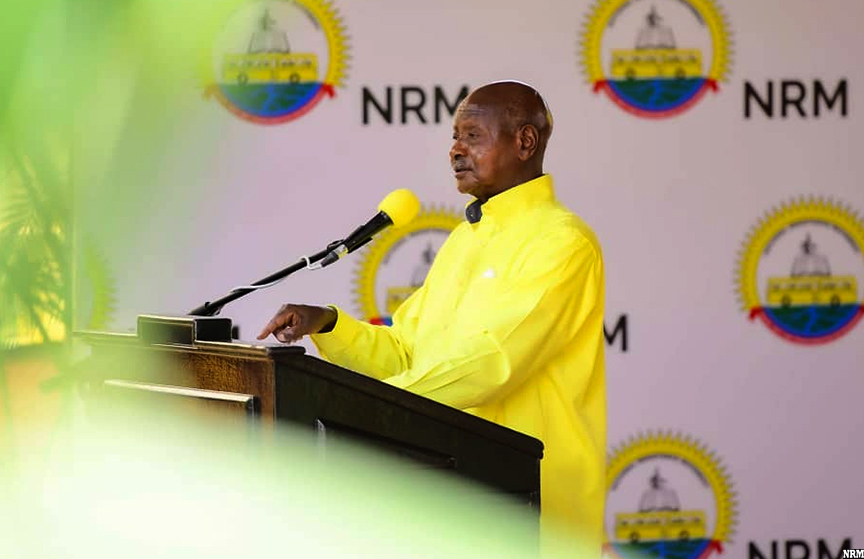Still firm, still strategic: President Museveni seeks another term
At 80 years old, the man known simply as “Mzee” in the corridors of State House or the “old man with a hat” in other circles, NRM officials said, is their best bet for the country’s top job ahead of the 2026 polls.
Still firm, still strategic: President Museveni seeks another term
By David Lumu
Journalists @New Vision
_______________
Picking nomination papers on June 28, 2025, may have looked like a routine act for a politician. However, when that politician is Gen. Yoweri Museveni, it signalled something far weightier: The return of the ruling National Resistance Movement (NRM) top gun — still firm, still strategic and still eager to consolidate a revolution he began.
At 80 years old, the man known simply as “Mzee” or the “old man with a hat”, NRM officials said, is their best bet for the country’s top job ahead of the 2026 polls.
“People look at President Museveni as the national chairman of NRM and the party’s flag bearer, his role extends far beyond that. He went to the bush to liberate Uganda and he has strong values as an individual, which he always passes on to the youths,” Emmanuel Lumala Dombo, the NRM director of communications, said, adding that the NRM members believe he is a gem within the party.
Below is Museveni's profile
- 1944: Museveni was born in Ntungamo, Uganda.
- 1967: Graduated from the University of Dar es Salaam with a degree in political science and economics.
- 1971: Idi Amin seizes power; Museveni begins underground resistance activities.
- 1979: Museveni participated in the overthrow of Idi Amin; briefly served as defence minister.
- 1981: Formed the National Resistance Army (NRA) and launched a five-year guerrilla war against the Obote II regime.
- 1986 (Jan 26): NRA captured power; Museveni was sworn in as President of Uganda. The NRM government was established.
- 1995: A new Ugandan Constitution was enacted, emphasising decentralisation, human rights and term limits.
- 1996: Uganda held its first presidential elections under Museveni; he won by a large margin.
- 2000: Ugandans voted in a referendum to retain the Movement (no-party) system.
- 2005: Parliament removed presidential term limits, paving the way for Museveni’s continued presidency.
- 2006: Uganda held its first multiparty elections since 1986; Museveni won under the restored multiparty system.
- 2010: Uganda discovered significant oil reserves, sparking hopes of economic transformation.
- 2011: Museveni won his fourth term amid economic protests over rising inflation and cost of living.
- 2014: Uganda passed the National Development Plan II, accelerating infrastructure development.
- 2016: Museveni won another term; emphasised industrialisation and job creation through the “steady progress” slogan.
- 2017: Parliament removed presidential age limits, allowing Museveni to run beyond 75 years. 2020: Uganda was praised globally for its early and effective COVID-19 response.
- 2021: Museveni won re-election for a sixth term amidst a challenge from opposition leader Bobi Wine.
- 2024–25: Museveni prepared to contest once again, citing unfinished national transformation goals.